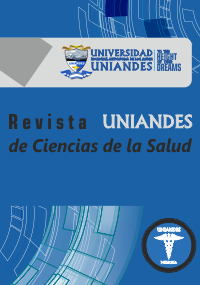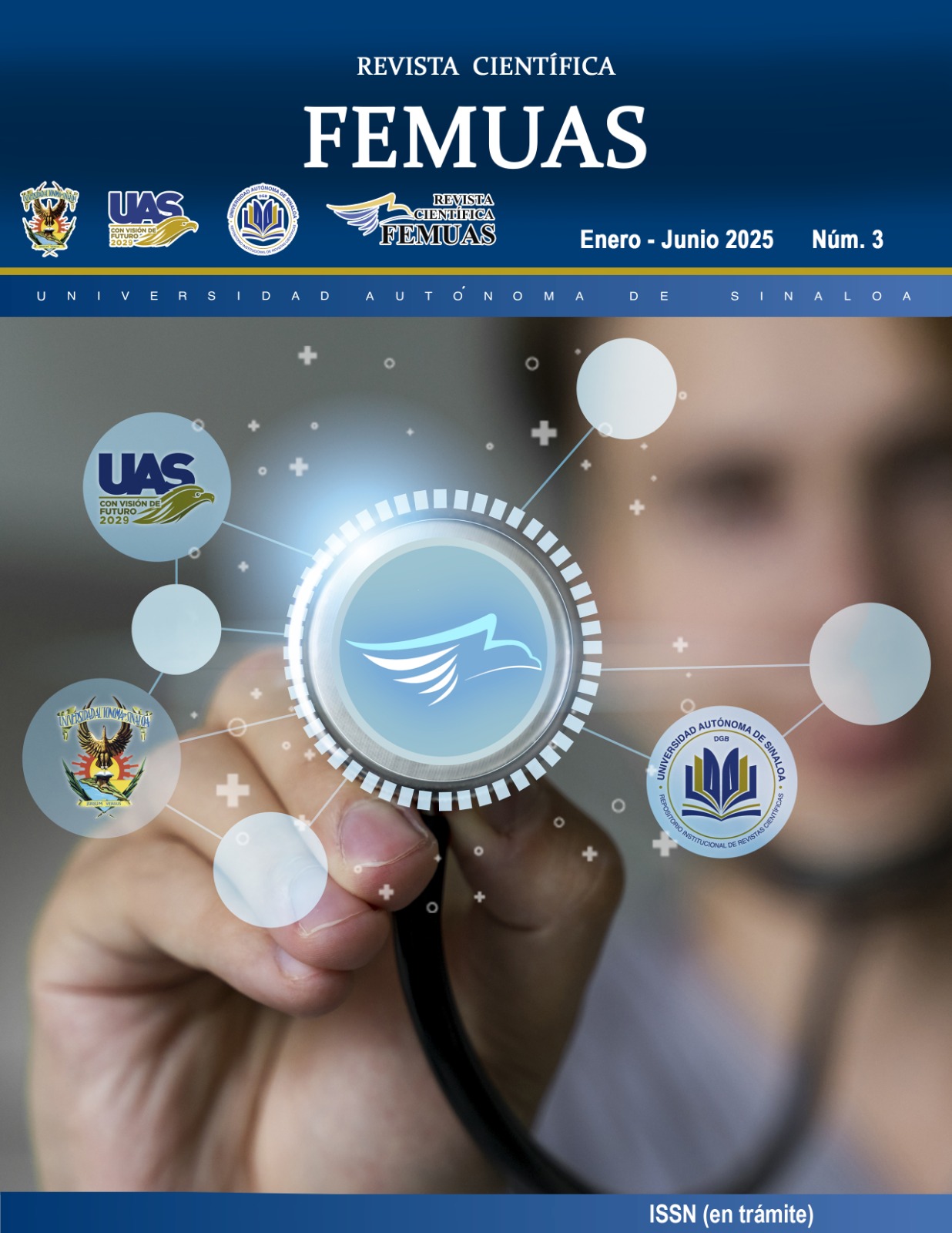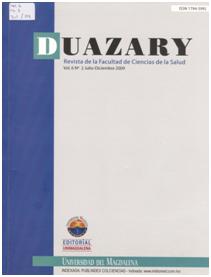Resum
Background: Colombia has one of the highest rates of the human immunodeficiency virus (HIV) and pregnancies -
both of which are influenced by lack of condom use -, among adolescent population in Latin America; however,
the mechanisms underlying the inconsistent use of condoms in this population are poorly understood. This descriptive
and cross-sectional study’s purpose was to examine sexual behavior and its precursors using the theory of planned
behavior (TPB) and considering gender-based differences. Another objective was to study the mediating effect of
intention in the relationship between behavior precursors and condom use based on the TPB.
Methods: We recruited 1100 adolescents aged between 14 and 19 years old (M = 15.94, SD = 1.30, 54.4% female) from
Bogotá and Barranquilla, two of the cities with highest adolescent birth rates among adolescents in Colombia.
Sociodemographic variables, knowledge on HIV and other sexually transmitted infections (STIs), HIV/AIDS-related
attitudes, including attitudes toward the use of condoms, normative beliefs, perceived behavioral control,
behavioral intention, and sexual behavior were assessed using self-reports. All analyses were run using SPSS v25.
The indirect effect of intention to explain the relationship between precursors and the use of condoms during
sexual intercourse was estimated using the PROCESS v3 macro.
Results: Descriptive analyses suggest a high risk of contracting sexually transmitted infections and unplanned
pregnancies associated to inconsistent condom use, medium-low level of knowledge about sexual health, low
normative beliefs regarding peers’ condom use, and a certain perceived difficulty for using condoms. Condoms
are used 71% of the times they have sex, but only 22% of the participants use them consistently; girls use
condoms more consistently than boys. Sexual risk characteristics differed significantly by gender. Mediation
analyses indicated that condom use intention mediates the relationship between behavioral precursors and
frequency of condom use, according to the TPB.
Conclusions: Findings provide a better understanding of sexual risk and highlight important implications for the
sexual and reproductive health of adolescents. There is a need of designing and implementing protocolized sexual
health promotion programs in schools with the aim of reducing sexual risk behaviors in Colombian adolescents.
Autoria:
MORALES SABUCO, Alexandra;
VALLEJO MEDINA, Pablo;
ABELLÓ LUQUE, Daniella;
SAAVEDRA ROA, Alejandro;
GARCÍA RONCALLO, Paola;
GÓMEZ LUGO, Mayra;
GARCÍA MONTAÑO, Eileen;
MARCHAL BERTRAND, Laurent;
NIEBLES CHARRIS, Janivys;
PÉREZ PEDRAZA, Diana;
ESPADA SÁNCHEZ, José Pedro






